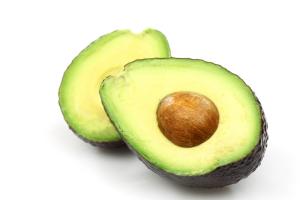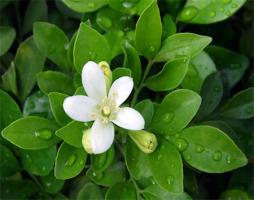Do Newly Planted Trees Need to be Staked?
Planting a new tree in your yard is an exciting and rewarding experience. However, once the tree is in the ground, you may find yourself wondering whether or not it needs to be staked. While staking a newly planted tree can provide additional support and stability, it is not always necessary. In this article, we will explore whether or not newly planted trees need to be staked and how to determine if staking is necessary for your tree.
Reasons to Stake a Newly Planted Tree
There are several reasons why you might need to stake a newly planted tree. If the tree has a particularly small root system or is planted in an area that is exposed to strong winds or other environmental stressors, staking may be necessary to prevent the tree from becoming uprooted or damaged. In addition, if the tree is top-heavy or has a particularly slender trunk, staking can help prevent it from bending or breaking in the wind.
Reasons Not to Stake a Newly Planted Tree
While there are some instances where staking a newly planted tree is necessary, there are also many cases where it is not needed. In fact, over-staking a tree can actually do more harm than good. Additionally, some experts argue that staking can prevent the tree from developing a strong trunk and root system, which can make it more vulnerable to damage in the long run.
Determining Whether to Stake a Newly Planted Tree
If you are unsure whether or not your newly planted tree needs to be staked, there are several factors to consider. First, check the size and condition of the tree's root system. If the roots are healthy and well-developed, the tree may not need additional support. However, if the roots are small or damaged, staking may be necessary.
You should also consider the location of the tree. If it is planted in an area that is frequently exposed to strong winds or other environmental stressors, staking may be necessary. Additionally, if the tree is particularly top-heavy or has a slender trunk, staking can help provide additional support.
Proper Staking Techniques
If you have determined that staking is necessary for your newly planted tree, it is important to stake it properly to avoid causing damage. First, use soft materials such as rubber or cloth to attach the stakes to the trunk of the tree, as this will prevent it from being damaged by the stakes. Additionally, make sure the stakes are firmly anchored in the ground to provide adequate support for the tree.
When staking a tree, it is important to remember to remove the stakes as soon as possible. Leaving the stakes in place for too long can prevent the tree from developing a strong trunk and root system, which can make it more vulnerable to damage in the future.
Conclusion
While staking a newly planted tree can provide additional support and stability, it is not always necessary. Factors such as the size and condition of the tree's root system, the location of the tree, and its overall structure should be considered when making the decision to stake. If you do decide to stake your tree, it is important to do so properly and to remove the stakes as soon as possible to avoid interfering with the tree's natural development.

 how many times do yo...
how many times do yo... how many planted tre...
how many planted tre... how many pine trees ...
how many pine trees ... how many pecan trees...
how many pecan trees... how many plants comp...
how many plants comp... how many plants can ...
how many plants can ... how many plants and ...
how many plants and ... how many pepper plan...
how many pepper plan...































